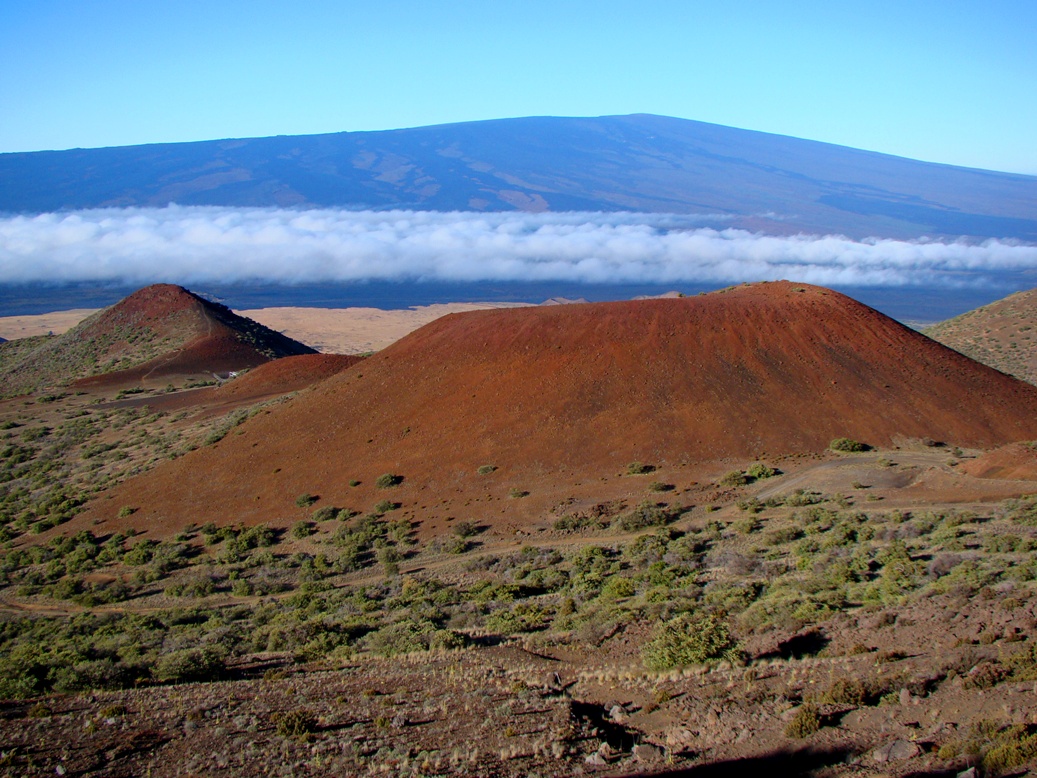

Nyce: Could you put this eruption in the context of eruptions this year or this decade? Is this a big one for you all in the volcano community? That allows the government and local agencies to warn people if they need to leave. One of the most critical documents they started to produce-and actually, they just released a preliminary one-is a hazard map that shows where the lava flows are currently sitting. We are in basically the chaos time, where you have as many scientists as possible with as many resources as possible out there documenting everything. Nyce: What should we expect from the next couple of days? Is it just impossible to know what the timeline looks like? Mauna Loa does a lot in a short amount of time, usually, but that’s not set in stone, to make a terrible geology pun. Its next-door neighbor Kīlauea tends to go for longer, be more sustained. Mauna Loa eruptions can last for a matter of days or weeks to many months, or even from one year to the next. So we’re really trying to keep an eye on this, because we-scientists on the island and around the world-want to know what this eruption is going to do. The one to the northeast has produced lava flows in the past, in the 1840s and 1880s, that actually reached the town of Hilo, Hawaii. It’s an area where lava erupts through the fissures in the rock. If you imagine lava forcing its way to the surface through rock fissures, that’s basically what a rift zone is. The eruption began in the summit, and then it moved on to one of what we call the “rift zones”-the Northeast Rift Zone. There’s not much on Mauna Loa, especially near the summit. Nobody lives there nobody lives near there. At the summit of Mauna Loa, there’s a big caldera-and that comes from the word cauldron, so if you imagine a big, round container where active lava has erupted, that’s what we’ve got. You can imagine how much scientific instrumentation has improved in the 38 years since Mauna Loa was last actively erupting. Geological Survey who monitor these volcanoes, because we have so much better technology to capture this information as it comes in. This eruption is really amazing for volcanologists around the world, and particularly those with the U.S.

It’s erupted more than 30 times since just the 1840s. Phoenix: Mauna Loa has a really long and storied eruptive history, and it’s been at this game for a million years, give or take. Nyce: Talk to me a little bit about this eruption and what you’re watching as a volcanologist. From its base on the seafloor to its summit-which is almost 14,000 feet above sea level-it is taller than Mount Everest. It is more than 70 miles long and more than 60 miles across. You might think it was just a very large hill.Īnd when I say very large, I mean if you’re there, you can’t even fit the entire volcano in a standard camera lens. So essentially, we’re seeing a very gentle slope. It gets its name from how it looks-like a warrior’s shield laid on its side. But Mauna Loa is an entirely different type of volcano from those. We usually think of the conical, pointy inverted V as a volcano. Jess Phoenix: Mauna Loa is the kind of volcano that defies the visual stereotypes that we all carry in our heads. Our conversation has been edited and condensed for clarity.Ĭaroline Mimbs Nyce: For someone who’s never been there or isn’t familiar with Mauna Loa, could you explain a little about what it looks like and why it’s special?

We discussed the significance of the eruption-and what to expect in the days to come. I talked with Jess Phoenix, a volcanologist with a personal connection to Mauna Loa: It was the first volcano she ever worked on as a volunteer researcher (“basically like an unpaid intern”) at the beginning of her career. Authorities say the eruption does not threaten any local communities no evacuation orders have been issued.įor scientists, it’s an exciting development. Hawaii’s Mauna Loa, a giant mound of a volcano that looks so much like Mars that researchers actually hold Mars simulations there, has stirred. The world’s largest volcano is erupting for the first time since 1984.


 0 kommentar(er)
0 kommentar(er)
